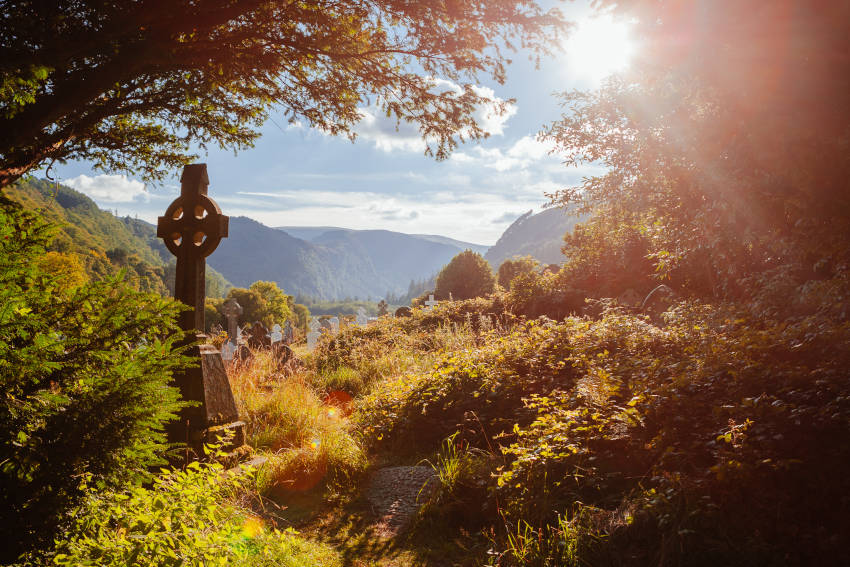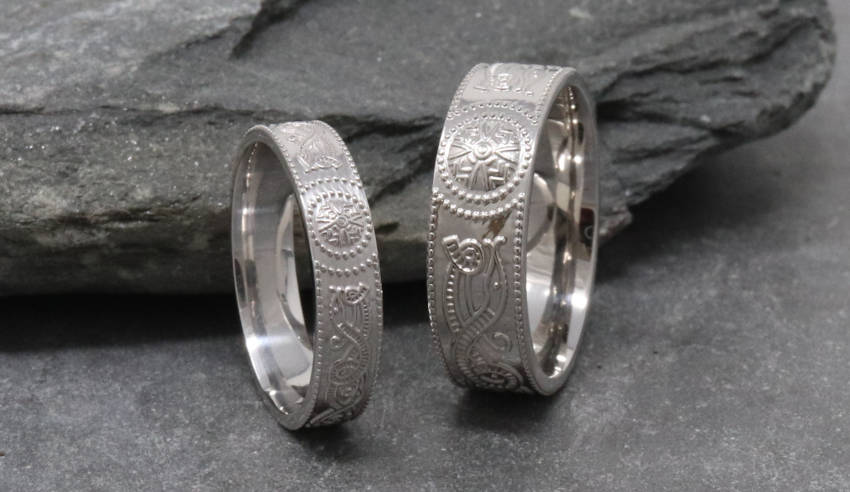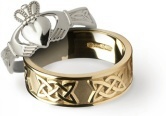Blog Categories
Blog CategoriesWhat does it really mean to be Celtic?
 |
| Celtic High Cross in Glendalough, Ireland |
What defines a Celtic person?
A rich culture famed for its language, artifacts and burials, Celtic culture began to develop as early as 1200 BC, but the Celtic spirit is very much alive in 2022.
‘Celtic’ refers to people descended from one of the current Celtic regions in the western extremities of Europe. Throughout the centuries, each of these regions - including Ireland - has retained much of its indigenous culture and distinctive language.
Music, the spoken word and craft and jewelry are some of the common Celtic themes that have lasted through the generations.
So who were the Celts? This group of tribal societies tied by similar language, religion, and culture in Iron Age and Medieval Europe originally spread through migration to the British Isles, France and other parts of Europe.
But being Celtic at this moment in time is also a state of mind. In the Celtic culture there’s a symbol or identity for almost everything - from love, to family to strength.
“‘Celtic’ is a descriptive term, shorthand for something that we can see archeologically, and we can see in the place name record, and we can see in the linguistic evidence,” explains Bettina Arnold, an expert academic in Celtic Studies from the USA.
So what have historians learned about this rich and complex collection of tribes?
Since the Celts themselves left no written histories, we’re left to rely on the accounts of their enemies in battle, the Greeks and Romans. Historians don’t know why the Greeks called them the Keltoi, but the name stuck, and the Celts developed a reputation as hard-drinking, hard-fighting savages.
 |
| Wedding rings from the Celtic Warrior Collection |
However, the Celts were far from savages, as seen in the intricate metalwork and jewelry excavated from ancient Celtic hill forts and burial mounds across Europe. Some of the beautiful jewelry in the collections from Rings from Ireland showcase their symbols.
The ancient Celts actively chose not to write down their histories, sacred stories and laws, in order to safeguard the information, but clues can be found again in symbols and markings that are still popular.
In Celtic culture, women were highly valued and could hold the top position in the social hierarchy. Others were Druidesses who specialized in political prophecy and played important roles in Celtic military campaigns.
The fact that Celtic women could take on the position of supreme authority was thought to be very unusual by the Greeks and Romans - it was completely different from the Mediterranean world - and they found it difficult to understand.
The 19th and 20th centuries have seen a full-blown Celtic revival and the embracing of a pre-Christian and newer Celtic identity. Musicians, artists and authors like William Butler Yeats have ensured that being Celtic is truly something to be celebrated now and into the future.
